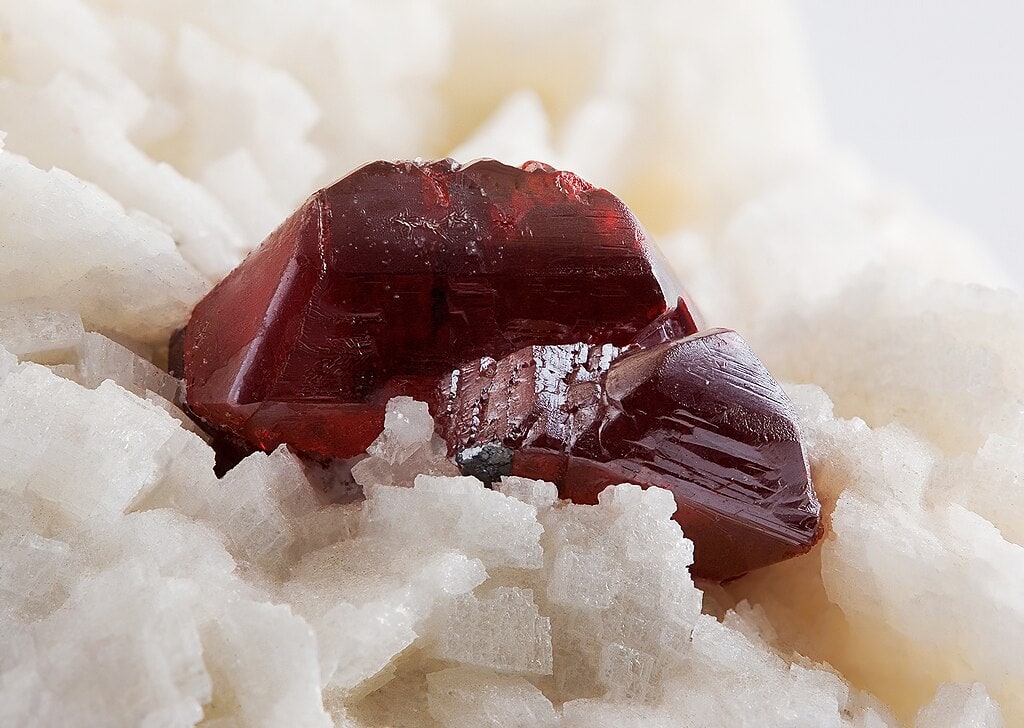
ADVERTISEMENT - CONTINUE READING BELOW
Deadly Blush in Ancient Rome
Lead wasn’t the only toxic part of ancient Roman blush. Some types of Roman blush included cinnabar. It produced the most pure, bright red, giving Roman blush users a healthy glow. A glow that lasted, anyway, until they dropped dead from long-term cinnabar exposure. Despite its pleasant name that invokes spicy sweet cinnamon, it is a deadly combination of red mercuric sulfide and red lead. Think about lead’s toxic properties and add mercury on top of it. Mercury and lead would be absorbed into the user’s skin, and accumulate in the body over time, causing health problems like skin rashes, brain damage, sensory loss, and kidney damage. It can also make the skin appear grey, giving Roman users quite the opposite of the rosy, healthy glow they intended.

